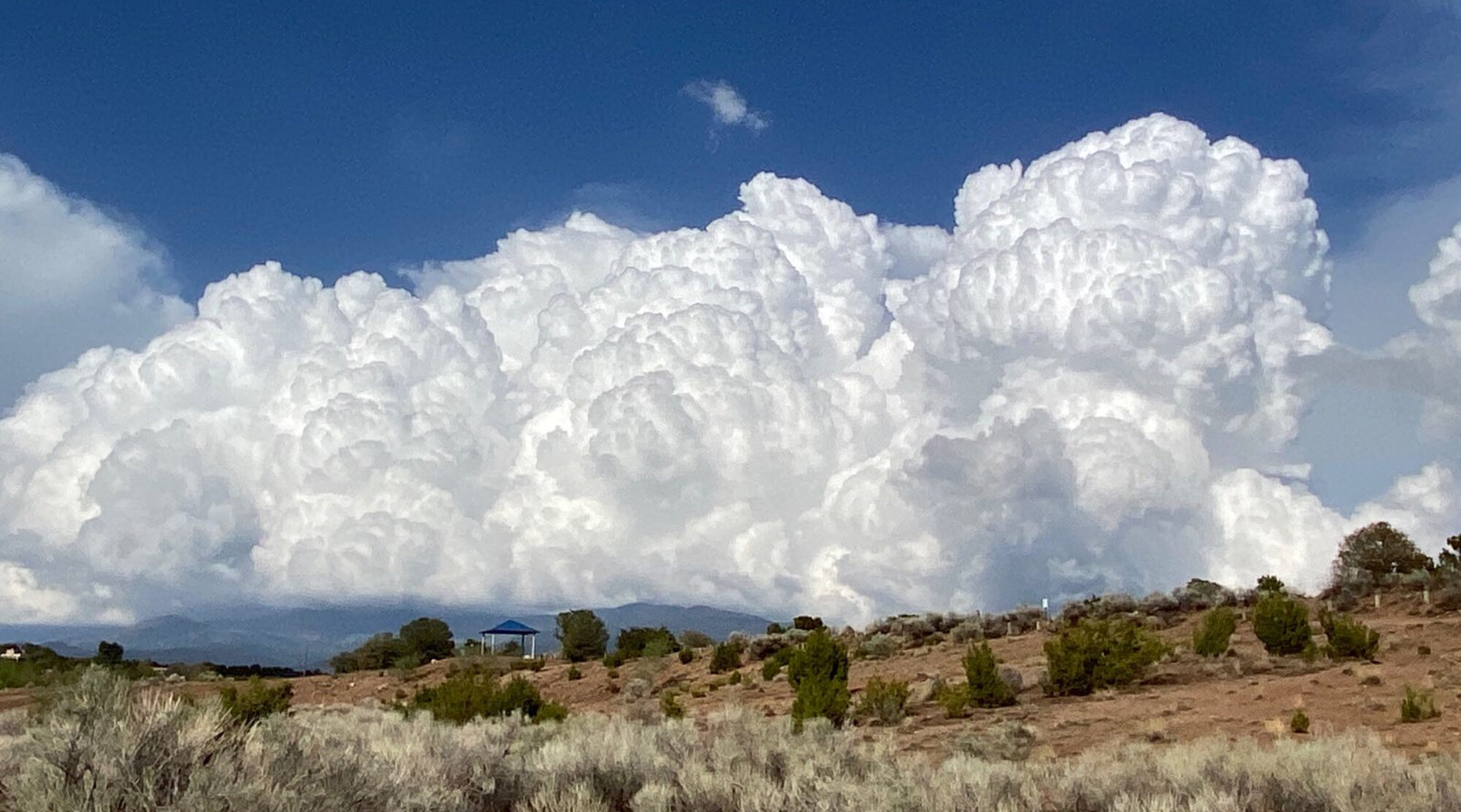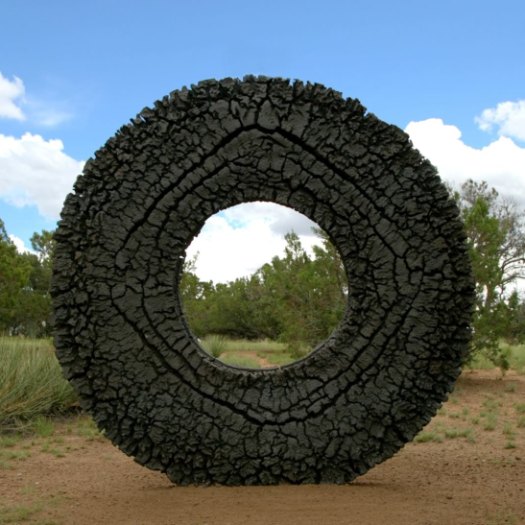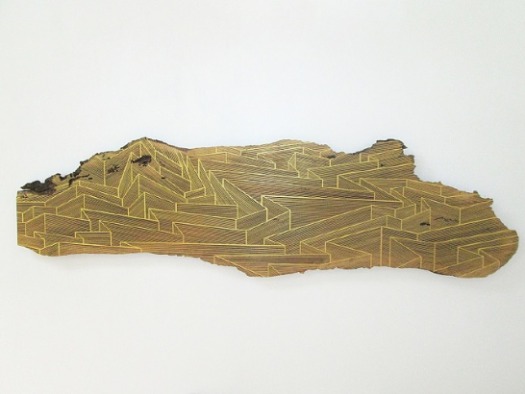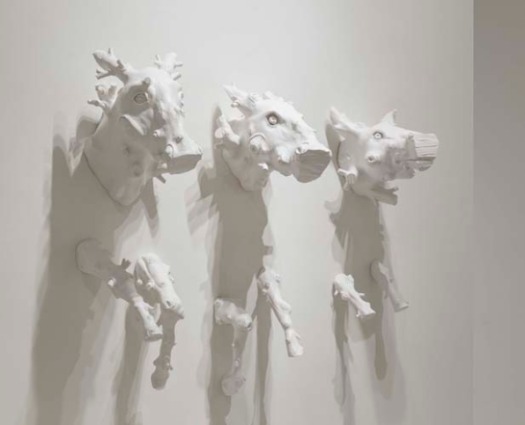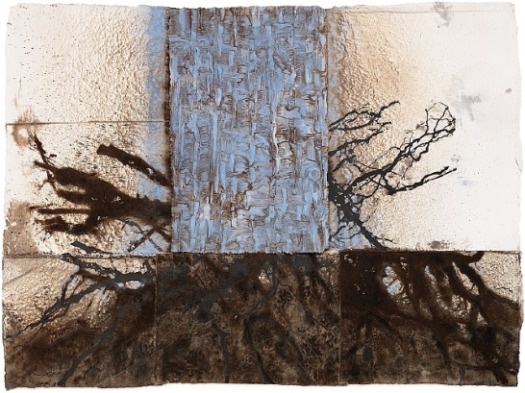Encore of a New Mexico PBS Original Production
PAINTING ALBUQUERQUE
Monday, August 17 at 8:30 p.m. on Ch.5.1
— A Complete List of Painters Profiled & Mentioned, Along With
Venues & Participants Are Included Below —

Albuquerque’s great paintings, its masterpieces, tell a story long waiting to be told. The paintings of Raymond Jonson, Carl von Hassler, Pabilta Velarde, Betty Sabo, Lez Haas, Helen Hardin, Clinton Adams, Howard Schleeter, Frederick Hammersley, Richard Diebenkorn, Esquipula Romero de Romero and others, tell about a spirit and a place in a way no other medium can.
PAINTING ALBUQUERQUE is one of the first full- length programs to bring together the stories of Albuquerque’s painters. This ground breaking documentary celebrates the culturally diverse painters and institutions that have contributed to Albuquerque’s cultural identity and artistic legacy. Some of the painters in PAINTING ALBUQUERQUE are known, others are almost lost to time.
In addition to its great artists, it was also vitally important for Albuquerque to have a venue for its artists — a way for the community to see the great work being done and help determine Albuquerque’s artistic identity. Taos and Santa Fe had established artistic identities, but what is Albuquerque’s?
Funding for PAINTING ALBUQUERQUE was provided in part by The Urban Enhancement Trust Fund of the City of Albuquerque. Michael Kamins is Executive Producer. Anthony DellaFlora is Co-Producer.
Painters profiled – In Alphabetical Order:

Clinton Adams: Adams had a love for canvas and stone. He was a painter and lithographer when he came to UNM in the early 1960’s. Instrumental in setting up the Tamarind Lithography Institute, Adams began the UNM Art Museum and brought a new level of academic achievement to UNM’s art department. As an artist, his work had an elegance and simplicity of form.

Richard Diebenkorn: One of the best American painters of the latter half of the 20th Century. Diebenkorn received his Masters from UNM in painting and credits UNM and New Mexico as a significant influence.
Lez Haas: A California painter who arrived at UNM in the post WWII years. Over a decade, he led the UNM Art Department to unprecedented heights. It would become one of the best art schools in the United States.
Frederick Hammersley: One of the nation’s top hard edged painters of the latter half of the 20th century. In Albuquerque, Hammersley found a unique environment where he could stay focused on his painting.

Helen Hardin: Daughter of Pablita Velarde, Helen Hardin was ambivalent about painting initially. When Hardin entered UNM in 1961, she saw a future as art history and anthropology classes deepened her interest in Native American symbols. She would soon become part of a generation of ground-breaking Native artists who would transform Native American painting. At the height of her career in 1981, she created two of her most celebrated works, “Changing Woman” and “Medicine Woman.” They were the first of what would become her “Women’s Series” and embody the height of her artistic, intellectual, and spiritual awareness. Then Hardin learned she had breast cancer. She began undergoing treatment, but kept painting. “Listening Woman” completed her “Women’s Series.” She passed away in 1984.
Raymond Jonson: Arrived in N.M. in 1922. He first lived in Santa Fe, then later in Albuquerque. He taught at UNM and set-up the Jonson Gallery, one of Albuquerque’s first showcases for art. A prophet for modern art, over the course of Jonson’s prolific career he championed abstract painting. He had a deep self-conviction that art was the noblest calling for any human being.
Betty Sabo: One of Albuquerque first women arts leader, she was instrumental in supporting and bringing acclaim to Albuquerque’s arts. Summing up her approach to painting, Sabo said, “I try to give you an awareness of the simple everyday world. For then I will believe I will have achieved artistry.”
Howard Schleeter: Howard Schleeter’s contribution is almost lost to time. At one time Schleeter was one of NM’s most prolific and well known painters. Beginning with WPA work, he soon transitioned into one our most highly regarded modernist painters. Having found his archives after years of searching, we bring Schleeter back to the attention of the public.

Pabilta Velarde: One of Albuquerque’s most loved painters, Pablita’s story is one of courage. Growing up in Santa Clara Pueblo she found tremendous resistance to her passion for painting. She persevered and became one of the first nationally recognized Native American woman painters and one of Albuquerque’s most beloved.
Carl von Hassler: Arriving in 1922, he played a pivotal role in having Albuquerque become a place for art making. He went on to influence a body of students (Betty Sabo, Ben Turner, Sam Smith, Novella King, etc.) who would continue the fine arts tradition of representational painting. They painted what they found beautiful in Albuquerque and its surroundings. His murals at the KiMo theater are renowned and one of Albuquerque’s first public artworks.
Painters Mentioned:

Elaine de Kooning: DeKooning was from NYC and the heart of painting in the US. A visiting professor at UNM’s Art Department, she had unbridled enthusiasm for the great painting she found in Albuquerque.
Esquipula Romero de Romero: Hispanic Albuquerque painter who captured Hispanic traditions. Not enough known about him at this point.
Florence Pierce: Initially was involved with the Transcendental Painting Group began by Emil Bisttram and Raymond Jonson. Florence would later become one of Albuquerque’s best known artists.

Willy Bo Richardson’s painting titled, “Number 1″, 1999 was added to the Albuquerque Museum Permanent Collection. The Albuquerque Museum Permanent Collection features artists living in or influenced by the South West region and includes masterworks by Georgia O’Keeffe, Raymond Jonson, Fritz Scholder, and Jaune Quick-to-See Smith.
Wilson Hurley: One of Albuquerque’s most recognized western landscape painters. He is nationally appreciated and has two paintings of the Sandia Mountains, two masterpieces, on permanent exhibit at the Albuquerque International Sunport.
Venues:
Much lamented by von Hassler and many others artists over the years; Albuquerque had a major problem to overcome – the lack of a permanent place for the community to see the great work being produced.
Kurt and Edith Kubie (Salon): Escaping Nazi occupied Vienna in 1938, the Kubie’s came to Albuquerque in the early 50’s. They wanted to create the salons they loved in Vienna. So they became arts patrons for Albuquerque’s painters.
The Jonson Gallery, UNM: By the 1950s Raymond Jonson was ensconced on the UNM campus in a combination residence, studio, and gallery intended to be a permanent art laboratory. Retiring from teaching in 1954, his gallery became a lifeline for artists.
The Albuquerque Modern Museum: There was not a consistent venue in Albuquerque to show art. Outside of UNM, some artists took the problem in hand. In 1953, a heroic enterprise, the Albuquerque Modern Museum, debuted. The first of its kind, the museum created an important direct connection between the community and Modern Art exhibiting such stars as Richard Diebenkorn, Agnes Martin, Florence and Horace Pierce, among others. The museum closed in 1956.
The UNM Art Museum: Clinton Adams enlisted photographer and historian, Van Deren Coke, to launch the UNM Art Museum in 1963. The Museum was a quantum leap for Albuquerque. Having the distinction of being the first permanent large scale exhibition space in Albuquerque, the Museum would host scores of impressive exhibitions. They began with Taos and Santa Fe: The Artists Environment, followed by Impressionism in America, and Georgia O’Keeffe.
The Albuquerque Museum: In 1979, the city opened the new Albuquerque Museum, a sleek, modern, temperature-controlled building in Old Town, to replace the quaint Sunport museum. Initially the exhibition space was small, but the impact was significant. Art was now much more a part of the city’s life and played a concrete role in helping Albuquerque residents to see themselves and in the process better determine our artistic identity.
Program Participants:
Jim Moore, Ellen Landis, Andrew Connors, Robert Ware, Marjorie Devon, RoseMary Diaz, Joe Traugott, Wesley Pulkka, Doda White, Dave Sabo, Karen Clark, William Peterson, Nick Abdalla, Rini Price, Mary Ann Weems, Billie Walters.
Original music composed and performed by UNM’s Peter Gilbert.
